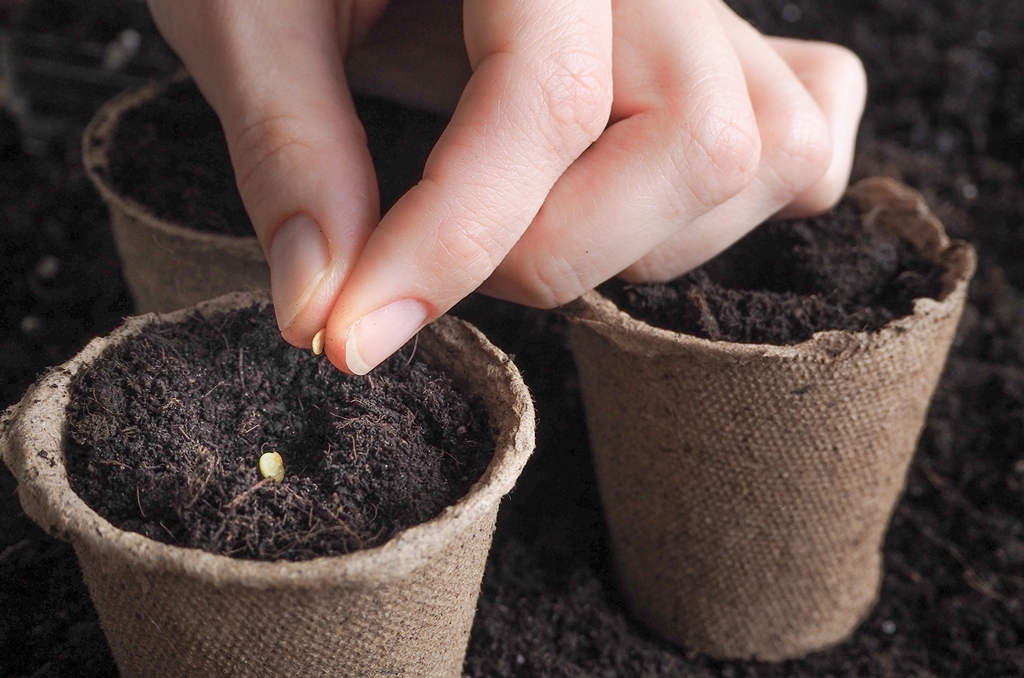
Cultivating Resilience: Seed Saving & Secure Food Systems
- foodfightadmin
- November 24, 2023
- Agriculture, Climate Change, Global Hunger
- rsc pages, rscl
- 0 Comments
The battle against a narrowing food diversity is intensifying as the world faces that less than 3% of over 6,000 cultivated plant species significantly contribute to our global food supply. This stark reduction, highlighted by the Food and Agriculture Organization of the United Nations, has left two-thirds of our crop production dependent on just nine species. Such homogenization not only robs us of rich, diverse flavors but also poses a grave threat to the genetic diversity of crops, making our food systems highly susceptible to climate change impacts.
Nora Castañeda-Álvarez of The Crop Trust remarks, “Crop genetic diversity is the bedrock of agriculture.” Yet, the current scenario reveals a disturbing trend: over half of the global seed sales are dominated by merely four companies, creating a cycle where crucial food production decisions are driven by profit motives, often at the expense of nutritional security and agricultural resilience.
Seed saving emerges as a beacon of hope in this scenario. It’s not just a practice but a cultural cornerstone, as Sherry Manning, Founder and CEO of Global Seed Savers, asserts, “Seed saving intertwines with our culture and identity, reflecting the art and love of growing food.” This ancient wisdom, practiced for millennia by farming families worldwide, allows the cultivation of diverse crops adapted to local conditions. Community seed banks play a pivotal role in this, providing access to local growers and serving as an emergency seed supply in the aftermath of extreme weather events.
Global movements are now taking shape to counter this trend. In Kenya, the Seed Savers Network champions Indigenous seed protection laws to bolster food security and preserve native seed varieties. In the U.S., initiatives like the Seeds and Breeds for the Future Act, the Southern Exposure Seed Exchange, and the BIPOC-run Ujamaa Cooperative Farming Alliance are making strides in preserving heirloom seeds and promoting regionally adapted varieties. The Svalbard Global Seed Vault in Norway serves as a global bastion of genetic diversity, housing over a million seed samples.
On the ground, the impact of seed saving is tangible and inspiring. For instance, a visit to Senegal with CORAF revealed the importance of diverse sorghum and millet varieties. As seed-saving expert Ira Wallace emphasizes, “Seeds are living things,” requiring active care and cultivation to remain viable.
The practice of seed saving is more than preserving the past; it’s about actively shaping a sustainable and diverse future. It symbolizes hope, as seen in seed-saving initiatives from African villages to neighborhoods in Baltimore. The goal is a vibrant, diverse, and delicious future, supported by farmers, researchers, governments, and home gardeners all playing their part.
Highlighting the critical role of biodiversity and regenerative agriculture in transforming our food system, the documentary “Common Ground” serves as a compelling call to action. Its screening in Washington D.C. brought together voices like Kelsey Scott of DX Beef, Che Axum of the University of the District of Columbia, and others, underscoring the urgency of this global mission.








